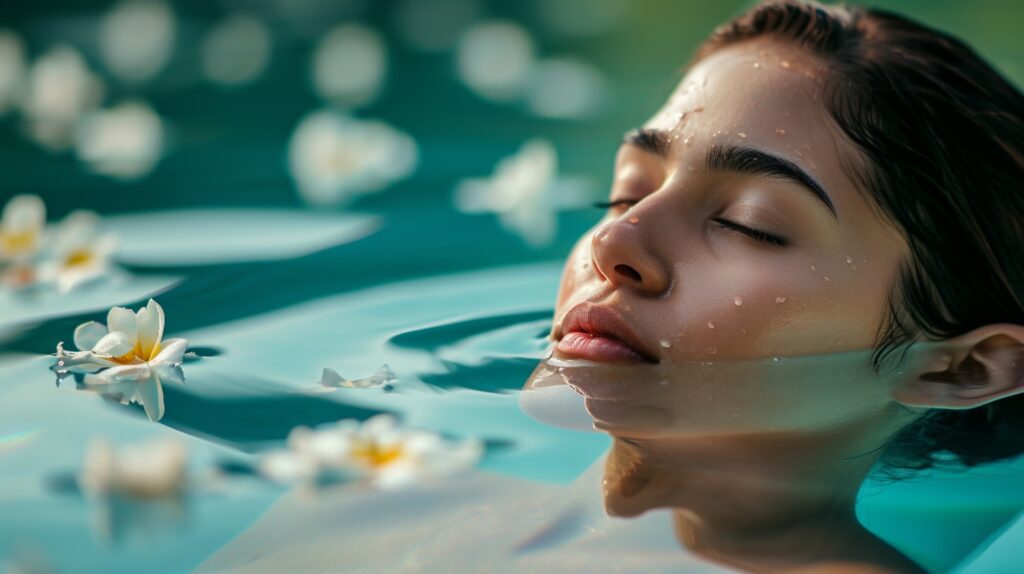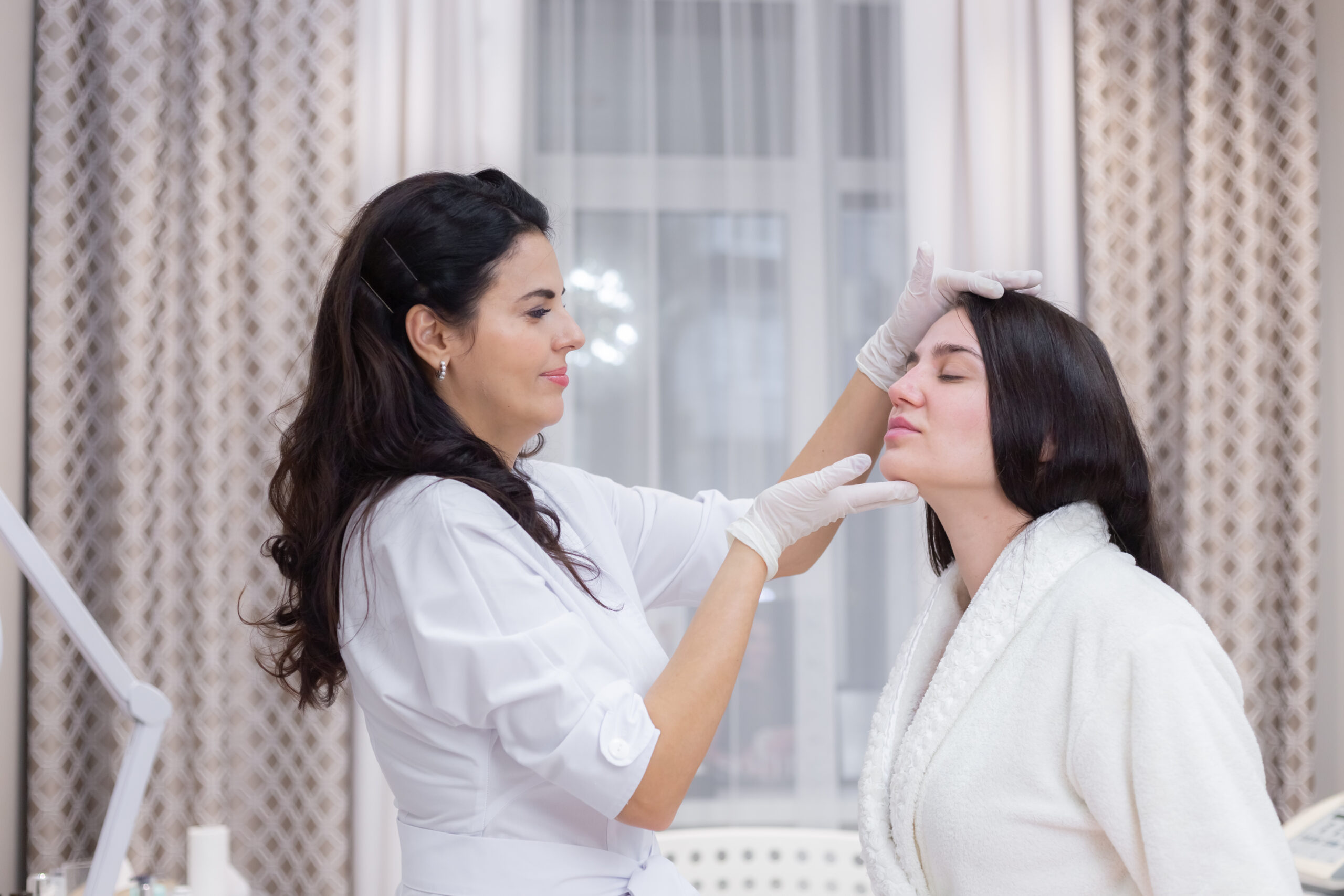
For many people, owning a spa is a gateway to leisure, a respite from the stresses of everyday life, and a method to regenerate body and mind. However, nothing breaks this enjoyment quite like entering a spa only to discover that the water has turned an unappealing hue of green. Not only does this detract from the aesthetic attractiveness of your spa, but it can also suggest underlying water quality issues that could endanger both the equipment and your health. Understanding what is causing this issue is the first step in keeping your spa a spotless paradise of relaxation.
Green spa water is more than a visual annoyance. It frequently indicates chemical imbalances, poor maintenance, or environmental contamination. These difficulties can quickly worsen, making it more difficult to return the water to its ideal condition. Fortunately, most causes of green water are completely preventable with frequent care and attention. Recognizing the common mistakes that cause this problem allows you to keep your spa water clean, clear, and ready for use year-round. Let’s delve deeper into those things that can color your spa water green and discuss effective ways to keep it clear.
The Role of Water Chemistry in Spa Maintenance
Proper water chemistry is essential for maintaining a clean and healthy spa. To function properly, your spa must maintain a precise balance of pH, alkalinity, sanitizer levels, and calcium hardness. When these characteristics fall outside the acceptable range, a chain reaction occurs, resulting in green water.
One of the most common causes of green spa water is an imbalance in pH levels. If the water becomes overly alkaline or acidic, it promotes the growth of algae and germs. Improper calcium levels can also cause mineral buildup, which can contribute to discoloration. Regularly evaluating and modifying these factors is critical to avoiding chemical imbalances.
Insufficient Sanitization
Sanitizers, such as chlorine or bromine, are essential for keeping spa water free of hazardous germs. When sanitization levels are too low, germs and algae can multiply quickly, resulting in green water. Contaminants can develop when periodic sanitizer inspections are skipped or chemicals are not replenished regularly.
Inadequate sanitation is frequently exacerbated by poor circulation. If your spa’s water isn’t circulated properly, it might form “dead zones” where bacteria and algae gather. These neglected locations might impact the spa’s water quality long-term. Maintaining optimum sanitizer levels is equally as vital as ensuring your spa’s circulation system is in good working order.
The Impact of Poor Filtration
Your spa’s filtration system is crucial for preserving water clarity by catching debris, grime, and other contaminants. If the filter is unclean, clogged, or malfunctioning, it will be unable to execute this duty properly. As a result, organic waste can accumulate in the water, forming a breeding environment for algae and bacteria that produce discoloration.
Spa owners frequently overlook the importance of cleaning or replacing their filters regularly. Filters lose efficiency with time, resulting in lower water flow and poor filtration. Make a habit of inspecting and cleaning your spa’s filter regularly. To guarantee optimal performance, replace it as recommended by the manufacturer.
Environmental Contaminants
External factors can also contribute to green spa water. Leaves, dirt, pollen, and other debris often find their way into the spa, especially if it is located outdoors or lacks a cover. These organic materials not only cloud the water but also introduce nutrients that promote algae growth.
Wind, rain, and nearby vegetation can exacerbate this issue by depositing even more contaminants into the water. Additionally, if spa users enter the water without rinsing off lotions, oils, or dirt from their skin, these substances can accumulate over time and affect water quality. Using a spa cover when the spa is not in use and encouraging guests to shower before entering can go a long way in preventing this type of contamination.
Infrequent Water Changes
While it may seem tempting to extend the time between water changes to save time and resources, doing so can lead to green spa water. Over time, spa water accumulates dissolved solids, body oils, and other contaminants that sanitizers and filters cannot remove entirely. This buildup, known as “TDS” (total dissolved solids), can make it increasingly difficult to maintain clear water, even with regular maintenance.
Changing the water every three to four months—or more frequently, depending on spa usage—is crucial to prevent this issue. When performing a water change, it’s also a good idea to clean the spa shell and thoroughly rinse the filters to ensure no residual contaminants remain.
Troubleshooting and Preventing Green Spa Water
If you find that your spa water has turned green, you must address the root cause as quickly as possible. Begin by analyzing the water to discover if any chemical characteristics are out of balance. Adjust the pH, alkalinity, and sanitizer levels as necessary. If the problem persists, consider shocking the spa water with a higher concentration of sanitizer to eliminate stubborn impurities.
Preventing green spa water requires a proactive approach to maintenance. A successful spa care program requires regular testing, cleaning, and water changes. Furthermore, selecting a high-quality spa cover protects your water from environmental contaminants while limiting the amount of material that enters the spa.
Long-Term Care Tips for Spa Water
Consistency is the cornerstone of effective spa maintenance. By sticking to a regular schedule for testing, cleaning, and chemical adjustments, you can avoid many of the issues that lead to green spa water. Educate yourself on the specific requirements of your spa, as different models may have unique needs when it comes to filtration and chemical balance.
Another helpful tip is to use specialized products designed for spa maintenance. For example, enzyme-based cleaners can help break down oils and other organic materials, reducing the strain on your filtration system. Algaecides and clarifiers are also available to address specific issues related to water clarity. Always follow the manufacturer’s instructions when using these products to avoid overuse or damage to your spa equipment.
Wrapping up, green spa water can be a frustrating and unsightly problem, but with proper care and attention, it can be entirely avoidable. By understanding the common mistakes that lead to discoloration such as imbalanced water chemistry, poor sanitization, insufficient filtration, environmental contamination, and infrequent water changes, you can take proactive steps to keep your spa water clear and inviting.
Remember, maintaining spa water isn’t just about aesthetics; it’s also essential for your health and the longevity of your spa. With regular maintenance, attention to detail, and the right tools, you can enjoy the comfort and relaxation of a clean and sparkling spa all year long.













